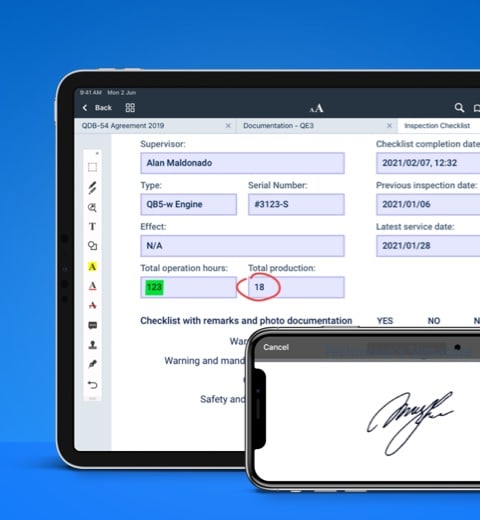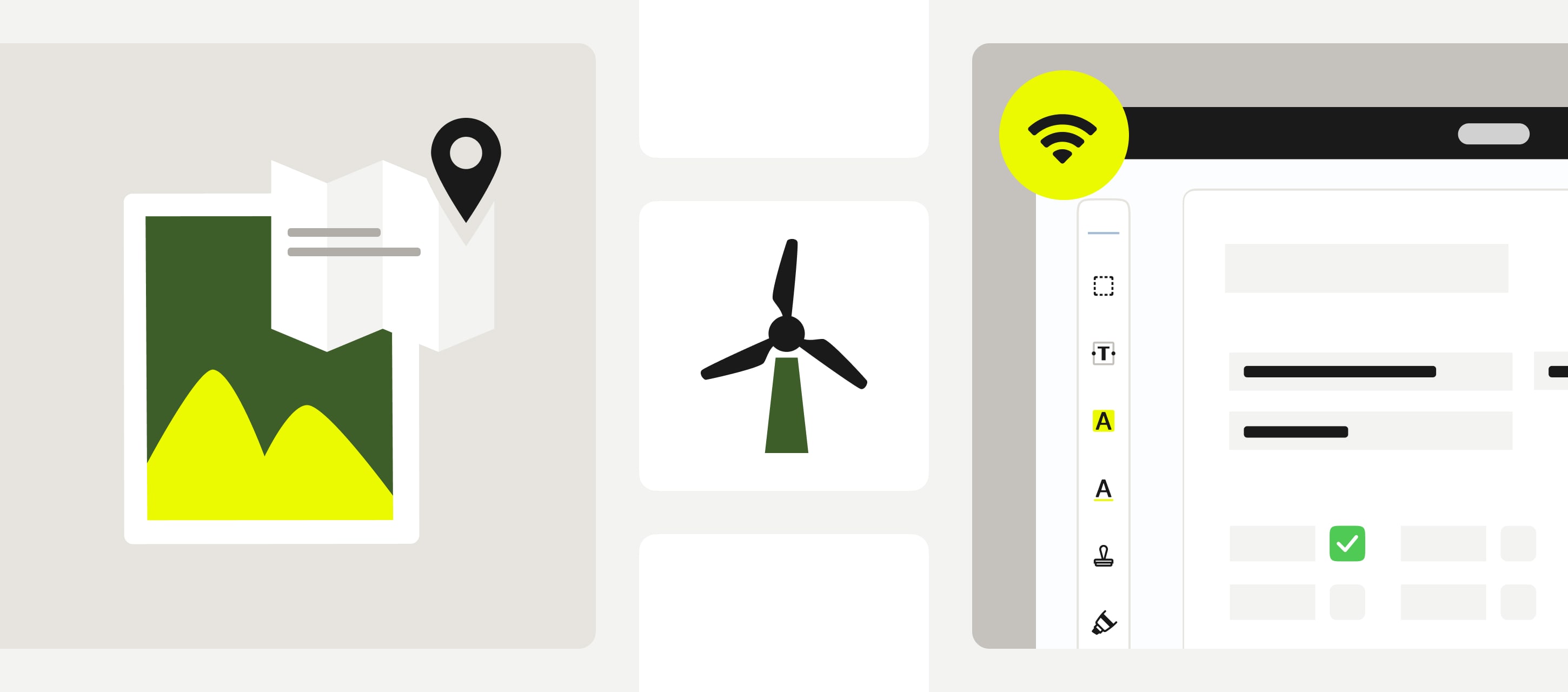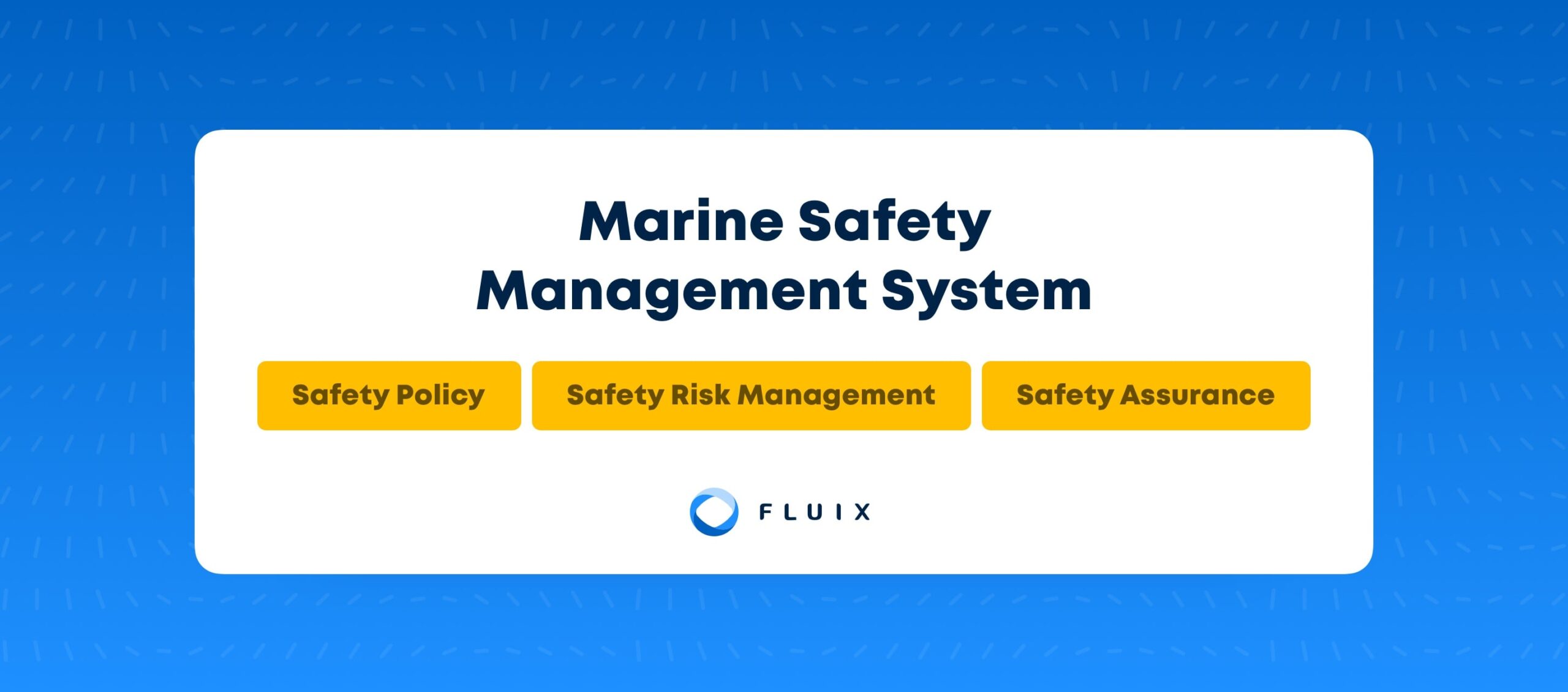Smart devices and other networked technology have made a mark on many industries, including heating, ventilation and air conditioning. From smart home climate control systems that support temperature zones to less resource-demanding methods of providing heating and cooling, get answers to common questions such as what is HVAC industry and find out more about the technology poised to transform this field in 2022 and beyond.
New HVAC Tools
The latest tools to make waves among HVAC professionals are similar to the technologies that have also begun to transform other fields in the architecture, engineering and construction services sector. The following innovations are noteworthy for HVAC professionals:
- Augmented and virtual reality: Augmented reality hardware, such as the Microsoft HoloLens, and virtual reality systems, such as the Meta Quest, can be used to allow for more affordable, productive and quick training and continuing education. These mixed and virtual reality systems can be instructive for auditory, visual and experiential learners, ranging from apprentices to experts.
- Cloud-based workflow systems: Many industries have stored documents in the cloud for years. Automated workflow software have recently reached a level of functionality that justifies adopting broader cloud solutions for data management and productivity.
- Smart HVAC systems: The ability to provide residential and commercial customers with in-demand smart interior climate control systems that maximize comfort alongside energy efficiency and savings can ensure that an HVAC company stays relevant in the field. Companies that have not yet become official installers or resellers of a particular smart system may want to investigate opportunities to join a service network.
- Advanced diagnostics: Self-diagnostic functions in smart interior climate control systems may enable technicians to perform some services remotely. If hands-on maintenance or service is required, these systems provide technicians with the information they need to arrive on calls with the right tools and parts to complete repairs.
While HVAC installers and servicers use unique technology to provide interior climate control and ventilation services to any type of structure, office staff and field technicians also use systems and devices to coordinate appointment-booking, manage availability and maintain equipment and fleets.
By 2022, HVAC companies that are open to innovation are likely to have already implemented one or more of these technologies. The level of efficiency these measures make possible can make it advantageous to adopt new methods or systems that could positively impact key performance indicators and increase return on investment.
Process Management Software for HVAC Contractors
- Mobile forms and checklists
- Automated process workflows
- Data export & reporting
- Integrations with BI tools


New Trends in the HVAC Industry
The advantages of the aforementioned technological innovations for HVAC professionals can be categorized into broader trends. Whether company stakeholders decide to adopt any new technology at this time or continue to follow developments before making a decision, it can be useful to gain a clearer sense of the direction in which these tools are likely to take the industry. Here are three general trends encompassing the tools that are transforming HVAC service.
Integrating Controls
Over the last decade, HVAC tech has trended toward user interfaces that can best be described as “little black boxes,” which are capable of controlling a wide range of interior environment settings.
These controls may make it possible to set and schedule temperatures, control temperature zones and control window settings and other connected systems. There is a growing market for HVAC pros who can set up and shield these systems against the constant threat of network exploits.
Prioritizing Sustainability
Climate control systems connected to renewable solar energy installations have become relatively commonplace, even though solar energy is still far from widely adopted. These systems can provide greater energy independence by reducing the reliance of residential and commercial HVAC systems on grid power and lowering electric bills.
The option for net metering in some locations, or supplying power to the grid in exchange for credits to offset grid use when alternative energy sources are not available, can make climate control much more affordable and sustainable.
Virtual Training
HVAC schools and training programs at companies require people power, which labor shortages have proven to be a variable resource. The ability to train apprentices, journeymen or professionals new to the field using AR and VR and the training functionality of a workflow management platform can limit costs to hardware and software, and may greatly lighten staffing demands for training technicians.
Implementing Innovations in HVAC Workflows
Realizing great ideas often requires significant investments of effort, time and money. It may be possible to minimize obstacles to a smooth implementation process by taking preparatory measures well in advance of rolling out new approaches or services. Regardless of which tool or trend sparks interest, decision-makers at HVAC companies should take the following steps to ensure successful implementation.
- Follow up on new developments: Staying apprised of innovations in the HVAC industry can inform short- and long-term planning.
- Map out workflows based on KPIs: Account for every task and process in workflows, and determine how these elements contribute to, or detract from, optimal performance.
- Plan the implementation process: Implementation starts with selecting a new system and continues through set-up, training and troubleshooting to daily use.
- Optimization as an ongoing effort: Once a system is working, users can contribute feedback useful for optimizing operations.
While it is not always possible to anticipate how well a new tool or way of doing business will perform prior to investing in and actually using it to handle tasks, processes and workflows, doing research and preliminary planning, and recognizing that technological innovation is an ongoing process and not one-and-done, can set any enterprise seeking to innovate up for success.
Over the next decade, it is reasonable to expect a generational divide between HVAC companies that adopt new technologies and keep pace with market demands, and legacy servicers that stick to conventional service agreements and methods until consumers show a pronounced preference for new systems. Companies that partner with smart home systems may find themselves with a built-in customer base that consists of the owners of properties equipped with these systems, in addition to other regional customers.
The Future of the HVAC Industry
The introduction of automation, augmented reality, cloud-based technology and wireless connectivity to the AEC services sector and the HVAC industry has the potential to optimize the performance of routine tasks and processes, with results that can make a company stay competitive or stand out as a market leader. The following industry-specific trends are likely to shape the future of HVAC services.
Coordinated Fleets for Optimal Service
The ability to coordinate the actions of technicians can increase the number of service tickets resolved every day. An HVAC company that has systems in place to ensure trained technicians can access the data they need, bring the right tools and parts to the right location for a scheduled appointment and complete service in a timely manner is likely to garner more customer satisfaction and ongoing business.
Faster and Lower-Cost Training
The ability to train apprentices, tradesmen and new HVAC professionals in a virtual environment can reduce any unexpected costs associated with early mistakes made on the job. It is still a good idea to partner new technicians with experienced pros until they are ready to do tasks and processes independently. Although the initial investment in these systems can be relatively steep, the payoff has the potential to greatly reduce the overhead costs associated with training.
Remote Diagnostics for Faster Service
Smart HVAC systems that can do self-diagnostics and share these results with certified professionals in a remote location are ideal for a more efficient approach to interior climate control. Monitored systems may enable technicians to identify issues before they are obvious to occupants, or respond to calls on unmonitored but connected systems, with the benefit of having already drawn the data necessary to diagnose most issues directly from the system.
Stay Up to Date on HVAC Developments
Stakeholders at HVAC companies can stay apprised of technological developments in the AEC services sector, and interior climate control, more specifically, by following publications and reading news reports related to these topics. Enterprises can start by pursuing digitization and automation where possible with a workflow management solution, and move towards incorporating smart systems and services.
HVAC company owners and technicians in the field share an interest in staying updated on relevant technological developments. A centralized workflow and asset management platform for mobile devices and computers can transform how fleets deploy through clear communication, timely responses and more informed approaches to diagnostics, maintenance and repair.







